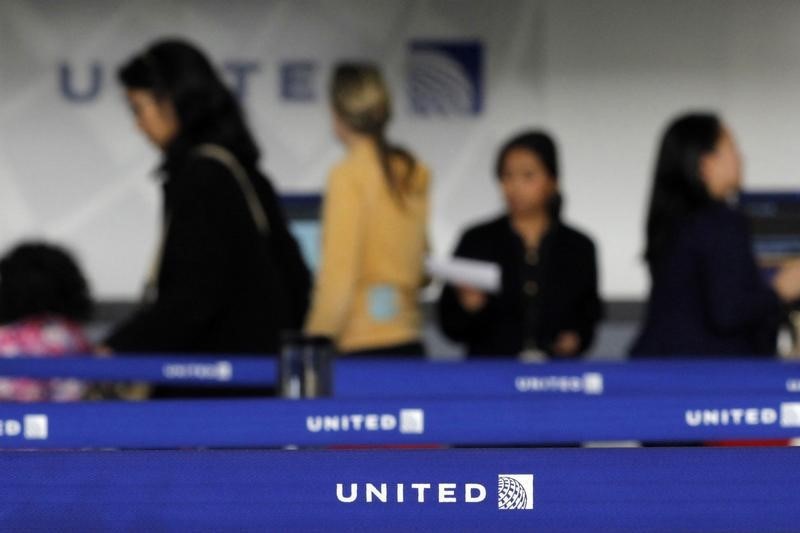Susquehanna analysts lifted United Airlines (NASDAQ:UAL) to positive and cut Alaska Air Group (NYSE:ALK) and Sun Country Airlines Holdings (SNCY) to Neutral in a note Wednesday, saying 2024 is setting up to be one where idiosyncratic factors drive absolute and relative stock returns for the airlines.
The firm believes 2024 will be challenging for U.S., domestic-focused carriers with operating models that were built for growth.
The UAL price target was lifted to $60 from $40 per share. Susquehanna said that while they continue to view United Next as primarily a domestic initiative, they believe that UAL has "done the work" with demonstrable progress via gauge and connectivity, which they believe will continue to grow into mid-decade / FY25.
"To be clear, we're not discounting or under-weighting UAL's int’l ops, as we believe that the global shortage of wide-bodies and UAL's int’l network (e.g., UAL has a top 5 market share position in every major int'l region) should help support long-haul int’l PRASM, as post-pandemic, pent-up demand matures and/or a cyclical slowdown materializes," the firm wrote.
On the other hand, for ALK, the price target was raised to $40 from $39 per share. Susquehanna noted slowing leisure demand and plateauing business volumes, with the U.S. domestic market oversupplied.
"At the same time, maintenance pressures and core inflation are likely to weigh on margins, particularly given the lower growth profiles," the firm commented. "We believe that the operating backdrop into 2024 for the LCCs and ULCCs will be challenging, with ALK's pending deal with HA an overhang on the stock given concerns around financing, the duration of HA's challenges, and integration risk.
The SNCY price target was cut to 415 from $17. Susquehanna said that consistent with their view on ALK, they see a challenging set-up for the low-cost and ultra-low-cost airlines into 2024, with U.S. domestic supply tracking several points ahead of demand.
For SNCY specifically, although they view the carrier as a "hybrid" operator with an "agile" approach to capacity, they believe that the discounting model faces structural headwinds via cost convergence and supply outpacing demand through 2024.
